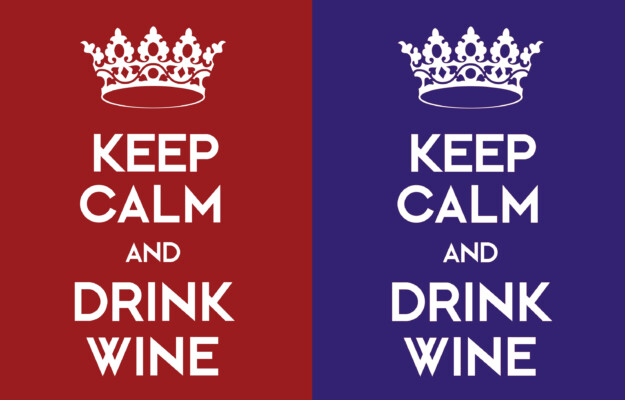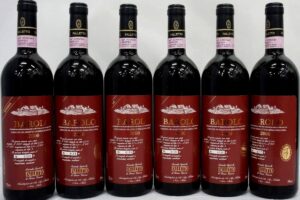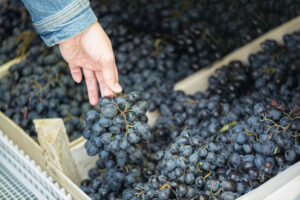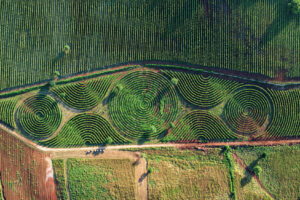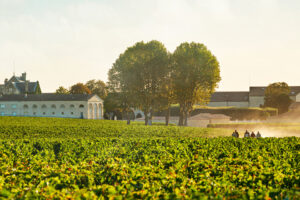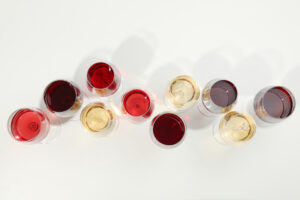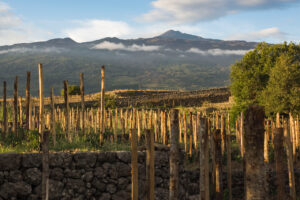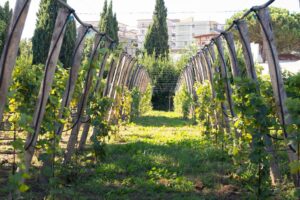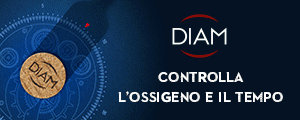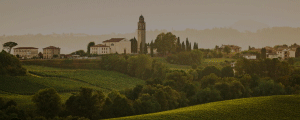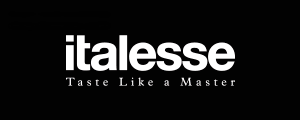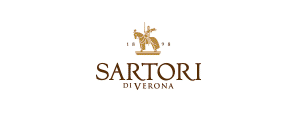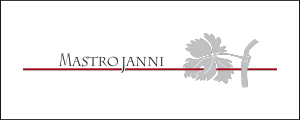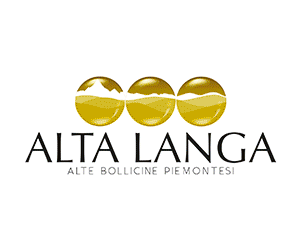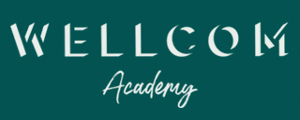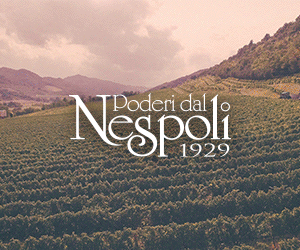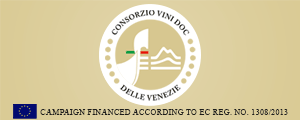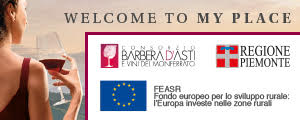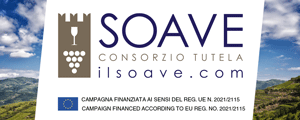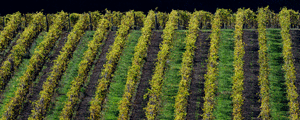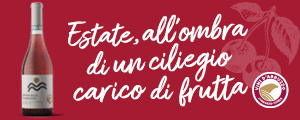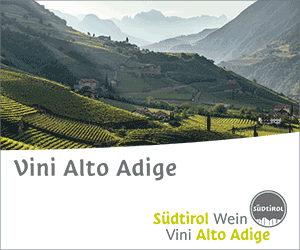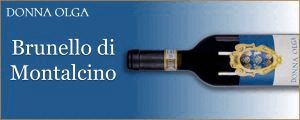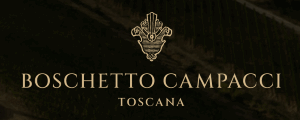Despite a less-than-stellar economic picture, the trend of premiumization will continue to consolidate, in 2024, in the market, strategic United Kingdom. Always one of the most important in the world, and among the three key markets for Italian wine (along with the U.S. and Germany), which exported wines, across the Channel, for more than 602 million euros in the first 9 months of 2023, up +3.5% over the same period 2022 (and in contrast to Italian wine exports, at -1.9%, according to Istat data, analyzed by WineNews). Moreover, sustainability will be a key factor, increasingly important. And, looking at Italy, eyes will be on territories such as Alto Adige and Piedmont, but going beyond, especially in the latter case, the usual knowns. Without forgetting, more generally, the potential of the various Italian Metodo Classico wines, Franciacorta in the lead. Here are the “10 Wine Trends to Watch in 2024”, according to Bibendum, one of the leading wine & spirits distributors in the Uk market, which moves 15% of on-trade purchases in the country.
On the premiumisation front, Bibendum points out, an analysis by Proof shows how operators who have focused on higher value wines have protected profits despite declining volumes. And furthermore, quality wine emerges as a selective element when it comes to choosing which venue to go to, as 92% of consumers would recommend one where the wine offer is considered good or excellent. And in this case, obviously, offerings by the glass, centered prices and variety are key. On the subject of sustainability, on the other hand, it emerges how the issue is becoming increasingly important, but as the consequences of climate change become apparent, consumers are no longer satisfied with promises, brands and certifications: they want the truthful narrative of the goals that “sustainable” companies are achieving environmentally and socially.
Another aspect that emerges clearly is the need for operators to plan their strategies based on data, because “with volume of beverages sold on-trade down 12% over the pre-Covid period, it is critical for venues to get the most value from their wine range. As artificial intelligence technology increases efficiencies for consumers and businesses, industry players have an opportunity to use data-driven tools. Adapting beverage offerings based on local demographics and their preferences could help increase sales rates and repeat visits”, Bibendum explains. In addition, it will be increasingly important to “reward loyalty”, because consumers expect to be rewarded for it. With tools such as exclusive clubs, loyalty programs, and so on. Looking at more defined trends in terms of types and territories, if wines from Portugal, those from the U.S. and one of the new fashions seems to be Chenin Blanc from South Africa are on the launching pad in the UK, there are good prospects for Italy as well, at least looking at the data collected by the “wine lists” that provide data to “Mode”, an on-trade wine consumption analysis tool in the UK.
In the spotlight is Piedmont, but going far beyond the timeless Barolo and Barbaresco. Wines made from varietals such as Barbera, Arneis, Freisa and Grignolino are now on 4 out of 5 wine lists, and they seem to be expressing their full market potential, especially in the by-the-glass offerings in mid- to high-end restaurants. But the British are also increasingly discovering wines from Alto Adige, especially with the elegance of Pino Grigio, the richness of Teroldego, but also lesser-known varieties such as Kerner and Schiava.
But Italy will also play its cards on the sparkling wine front, and not only with the very popular Prosecco, now a must, for years, in the UK: consumption of Champagne, in fact, is down -22% in volume in UK venues, and the British are looking for alternative classic methods. And while the presence of home-grown, English sparkling wines is growing, Franciacorta, in particular, is also increasingly popular, so much so that it is now on at least one in five wine lists.
Copyright © 2000/2024
Contatti: info@winenews.it
Seguici anche su Twitter: @WineNewsIt
Seguici anche su Facebook: @winenewsit
Questo articolo è tratto dall'archivio di WineNews - Tutti i diritti riservati - Copyright © 2000/2024










